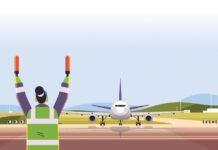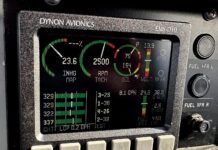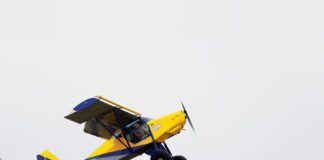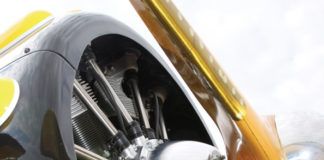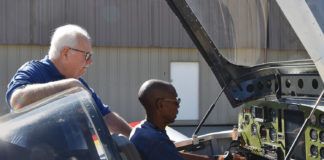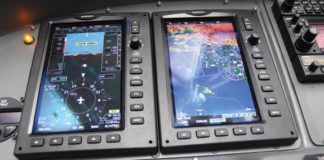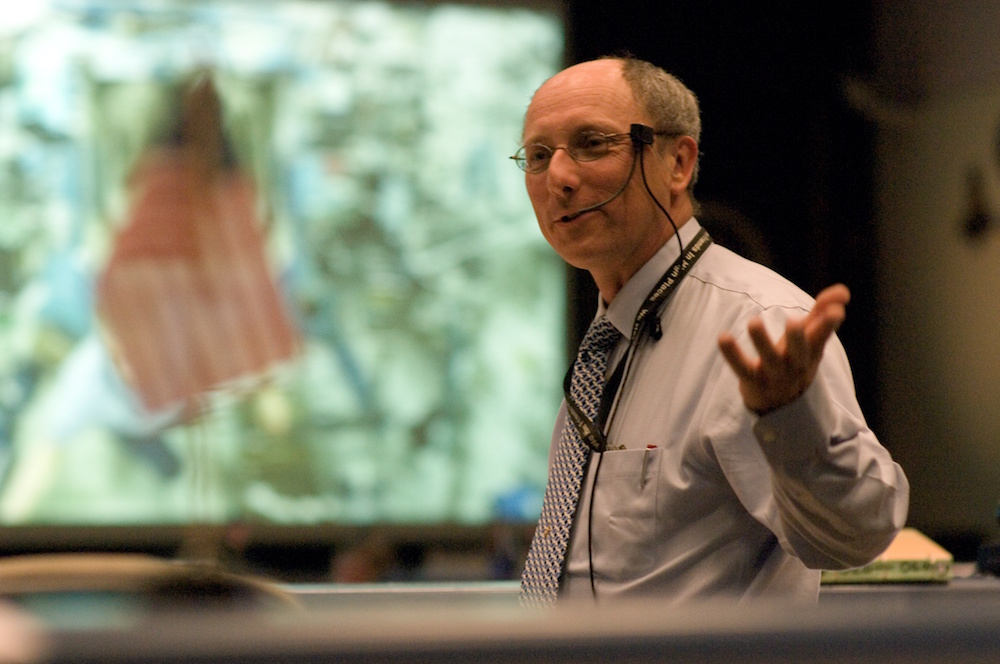
Bear with me a few paragraphs as I talk a little about my previous life. I have been in aviation since my teenage years, and was incredibly fortunate to spend most of my career in the operation and testing of spacecraft, primarily the Space Shuttle and International Space Station. Those were incredible decades, flying incredibly complex machinery with little to no margin for error. And sometimes – errors were made.
This time of year – the end of January – is some sort of nexus in time, for the three fatal inflight space accidents in NASA’s history all occurred during this week – separated, of course, by years. The Apollo 1 fire, the loss of Challenger on ascent, and the entry break-up of Columbia all cost us dear friends, and brave explorers. Many knew them as colleagues, others only as public figures. It has been customary for us to pause and remember their sacrifices each year. Losing friends and colleagues is personal, and each remembers in their own way. I like to take a moment and ponder what it means to leave the surface of the planet – into space, or just a little way into the atmosphere.
Flying personal aircraft is riskier than many things humans do. Accelerating the body to flying speed and lifting them above a height where a fall is survivable is always going to be that way. When a fatal mishap occurs, it makes little difference if the victims are high-visibility astronauts doing amazing things – or the fellow down the hangar row who lost control on a base to final turn and spun in to the cornfield off the end of the runway. Yes, one is more visible than the other, but to their family and friends, the loss is personal – and just as personal to each group, no matter how famous. To the surviving spouse, or children, the loss is just as tragic either way.
When we lost astronauts, they were my neighbors. I saw them mowing their lawn, I drank beer with them, we went to church together. When the neighbor at our airpark lost control and crashed in the desert, it was the same – someone whom I knew as a person, someone who was there one day and gone the next. What is important – to honor the memory of those who have passed – is that their loss reminds us that what we do in the air has potentially final and fatal consequences.
We have to pledge that we will always take it seriously, to do our best to make good decisions – and to call a halt to things if we don’t know that they will end well. The lessons that those three crews – and the lessons of those friends who took off in airplanes, never to return – are hard won and precious.
Be vigilant, be tough, be competent – and use good judgment.







